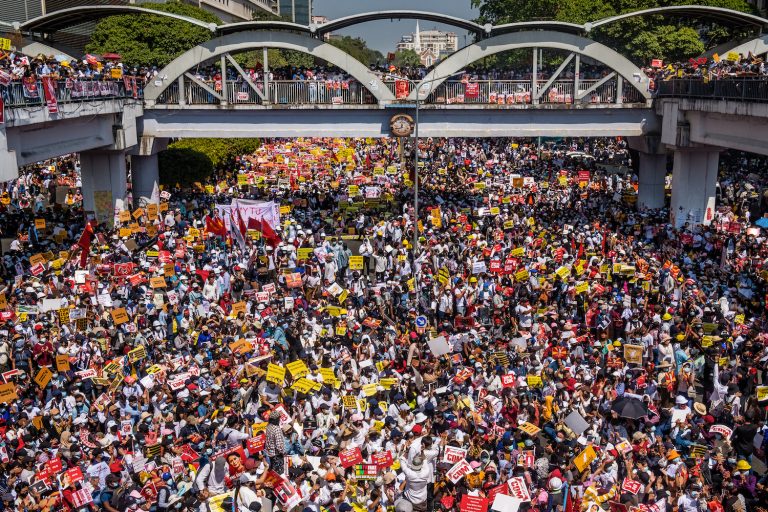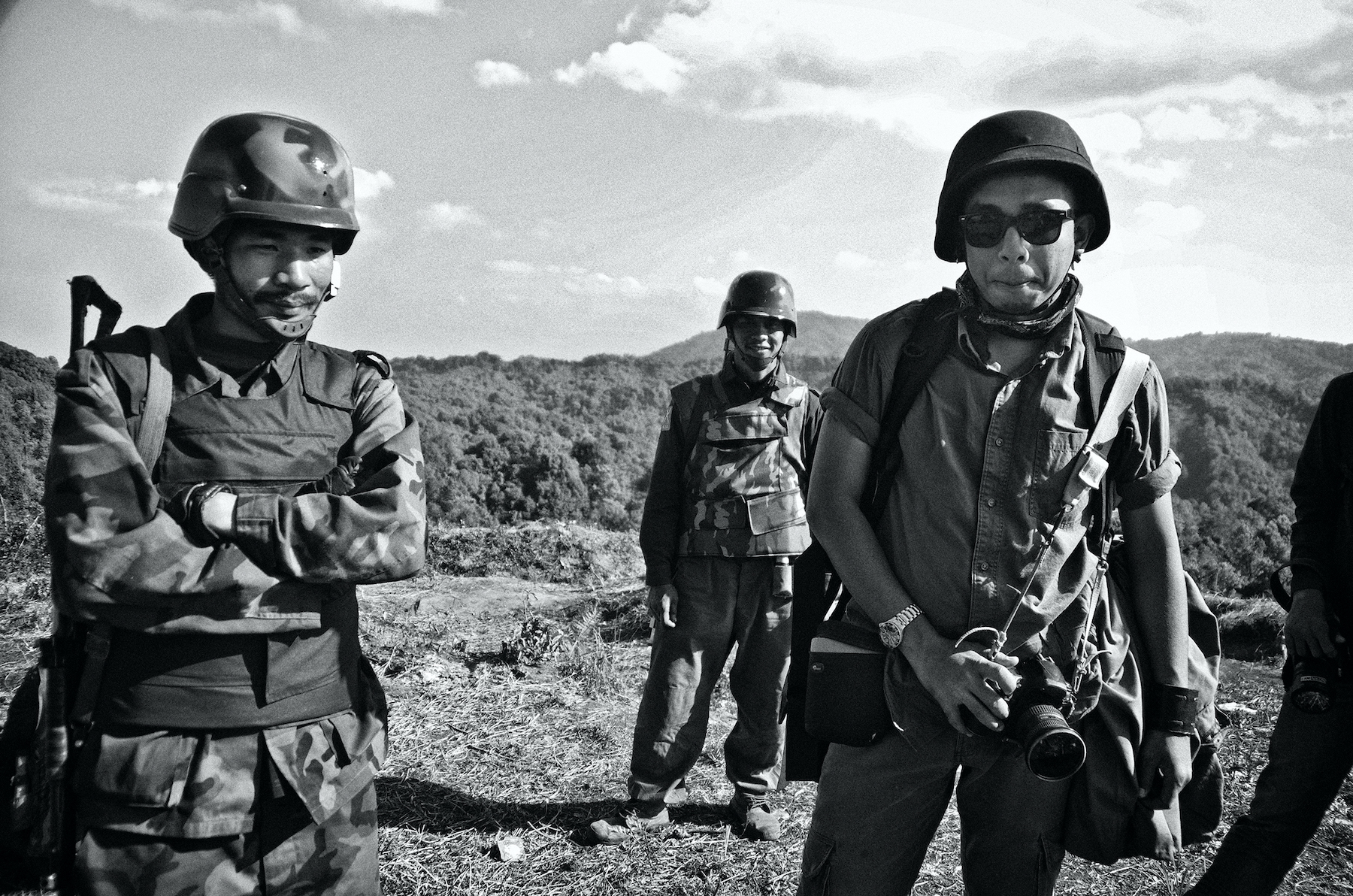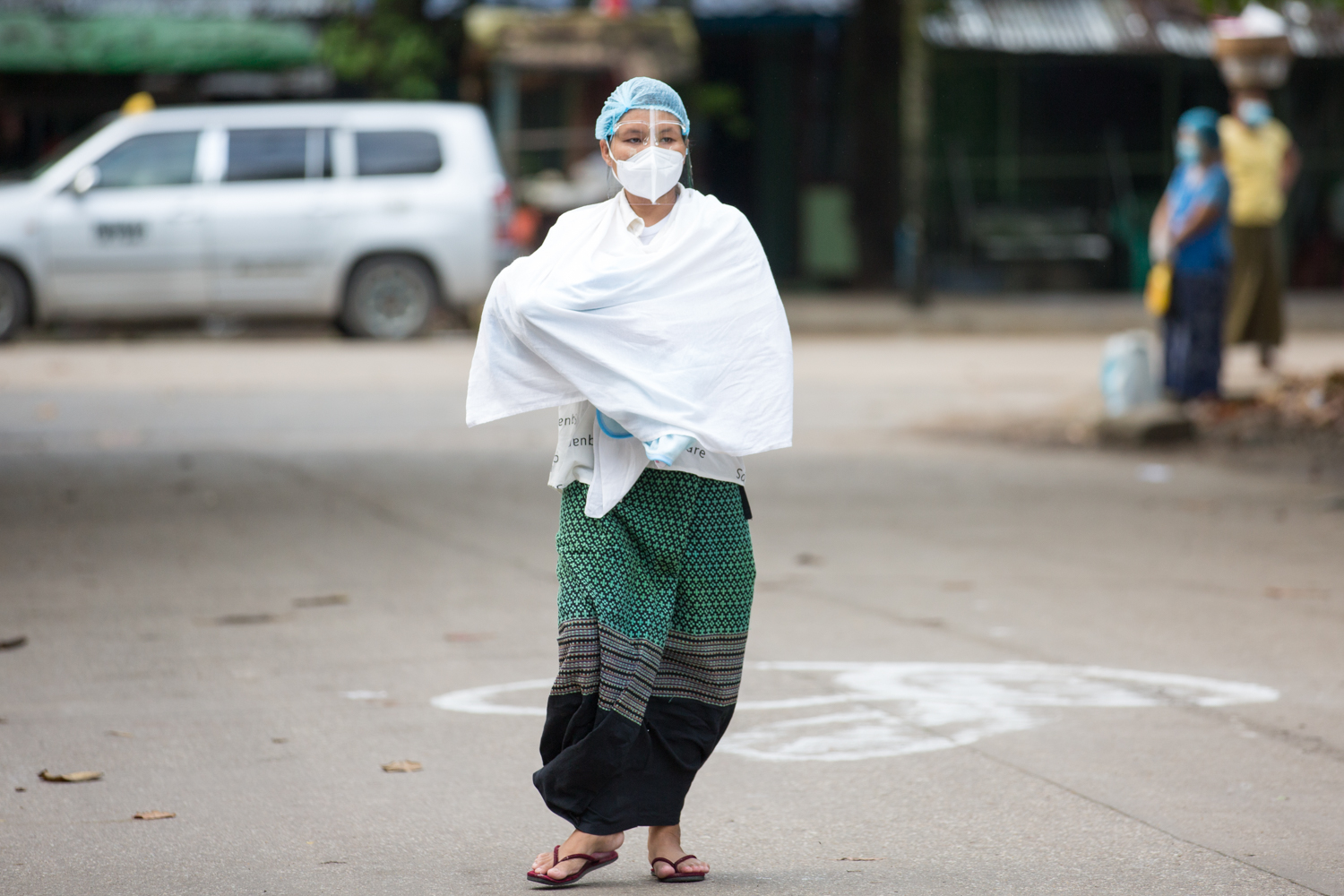
Dutch photographer Jeroen de Bakker.
Dutch photographer Jeroen de Bakker spent nearly 14 months in transitional Myanmar documenting the lives of people with diverse backgrounds. The ten photo essays will appear in Frontier and feature in a book due to be published in early November. Mr de Bakker discussed the project with Frontier.
Why Myanmar?
I have a love of travel, but while I was studying at the Photo Academy in Amsterdam, the Netherlands, I didn’t get to travel at all. Also, I feel you really need to stay somewhere longer to understand the country you’re working in. Myanmar turned out to be an interesting pick. I had been here before in 2003 and fell in love with the country. When I was choosing what to do next, in 2012, Myanmar was just opening up.
My original thought was: this country has been a dictatorship for 50 years. That era must have a footprint in the lives of every Myanmar. I wanted to document that and entered the country on a tourist visa. Soon after I arrived the link with the future emerged. Myanmar is in the middle of a transition to a democracy. How do people fare in the transitional period between the old and the new? Some of my subjects, NLD official Ko Nyi Nyi for example, were adamant that the change is superficial. He said: ‘Yes, I am allowed to say and do more, but this is a show democracy’.
How did you choose your subjects?
This was tricky in the beginning. It took a while before I arrived at the concept to document the lives of people in all layers of society, from the very sick and poor, to the high society and those in power. One of my stories, that I had spent two months on, did not work. So I had to kill that story.
Support more independent journalism like this. Sign up to be a Frontier member.
I started my journey at the National League for Democracy HIV shelter and the leprosy hospital in Mawlamyine. After that I moved up to the common man, farmers, and those drilling for oil in Magway Region. They all had something interesting to say about their past and future.
Politics I only dared to touch later. I thought this would be tricky, but I found out that nowadays there is more space to talk with politicians, even those of the ruling Union Solidarity and Development Party, like the MP U Hla Swe. I think the book offers an interesting kaleidoscope of photo stories. The reporters of Frontier wrote the stories that go with the photos.
What most surprised you about taking photos for this book?
I had some preconceptions when I started this. For example, the HIV shelter I thought would be a very heavy place. Of course the misery and sadness is there, it can be hard if people you got to know well pass away in front of you, but if you spend enough time there you will also see joy and positive energy. What most surprised me is the inner power of the Myanmar people, to persevere even in the face of hardship. Like Mr Silver [leader of a community of leprosy patients at Mawlamyine]. He probably the most happy person I met in Myanmar.
Do you think a book like yours will have an impact?
What I noticed, is that Myanmar is attracting a lot of visitors. Trade levels are increasing. But many of those who come here lack knowledge about what kind of a country this is. Earlier this year I followed Dutch minister for infrastructure and environment, Melanie Schultz van Haegen during her visit to Myanmar. Participants in the economic mission were hugging Myanmar businessmen, without being aware what their background is. I applaud trade between the Netherlands and Myanmar, but it should be done with more awareness of the history and the structure of Myanmar society.
I think the book will be interesting to those who know Myanmar and to those who don’t. Everything is explained, because obviously not all the readers will be well versed in Myanmar politics. The printing quality will be top notch, so for photography connoisseurs the book will be interesting as well.
Will there be a Myanmar language version?
I definitely want to make the stories available to the Myanmar people, through Facebook. The taxi driver who brought me to some of my story subjects often was flabbergasted by what he was learning about his own country. To many Myanmar the stories will be eye opening. I hope the crowdfunding campaign I started this week will help pay for the translation.
Myanmar: Beyond the Surface will be published in November.






